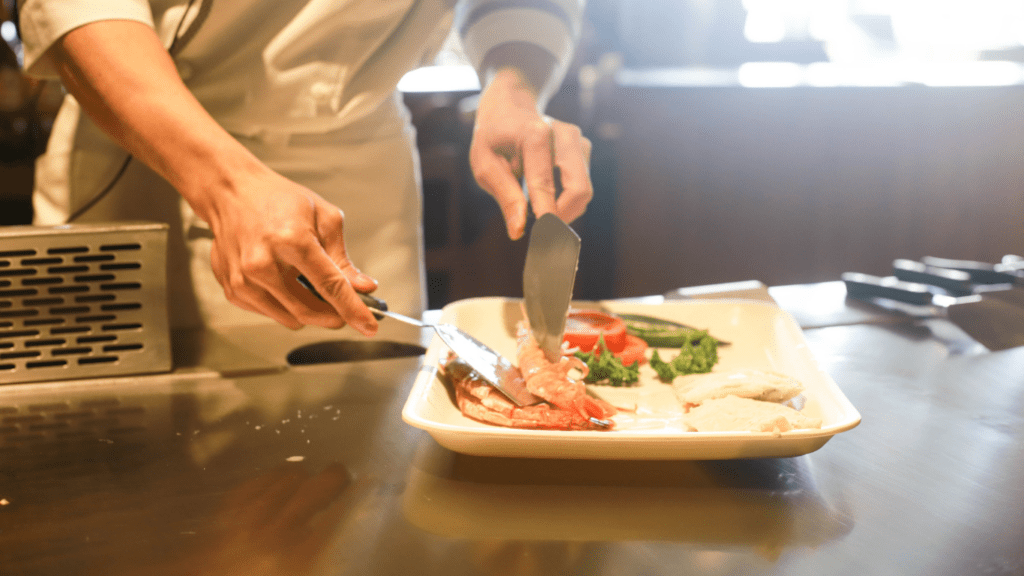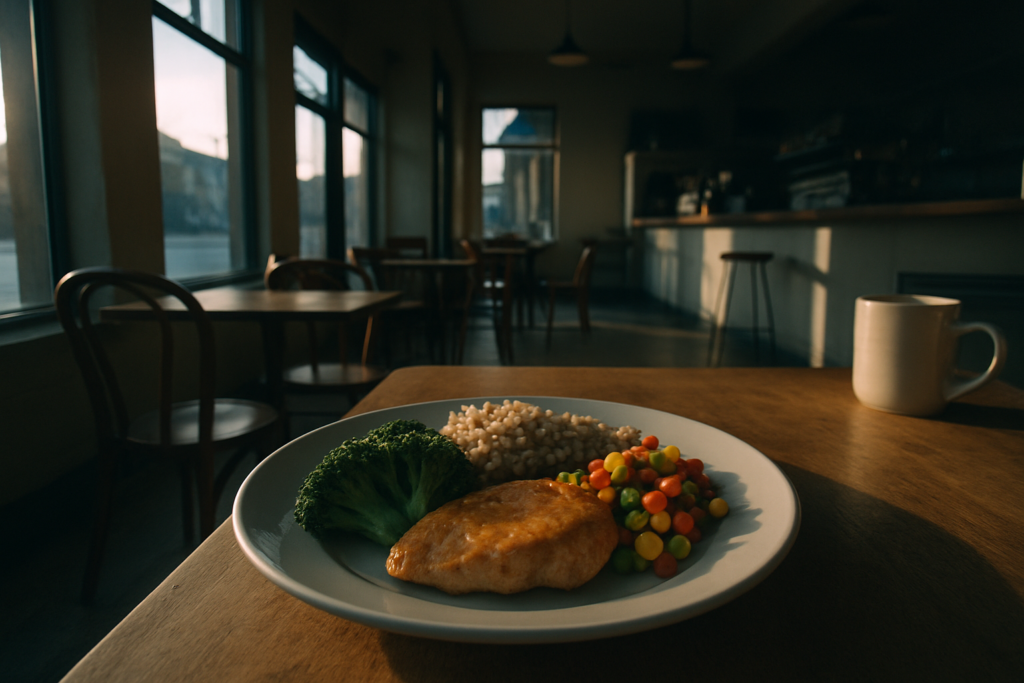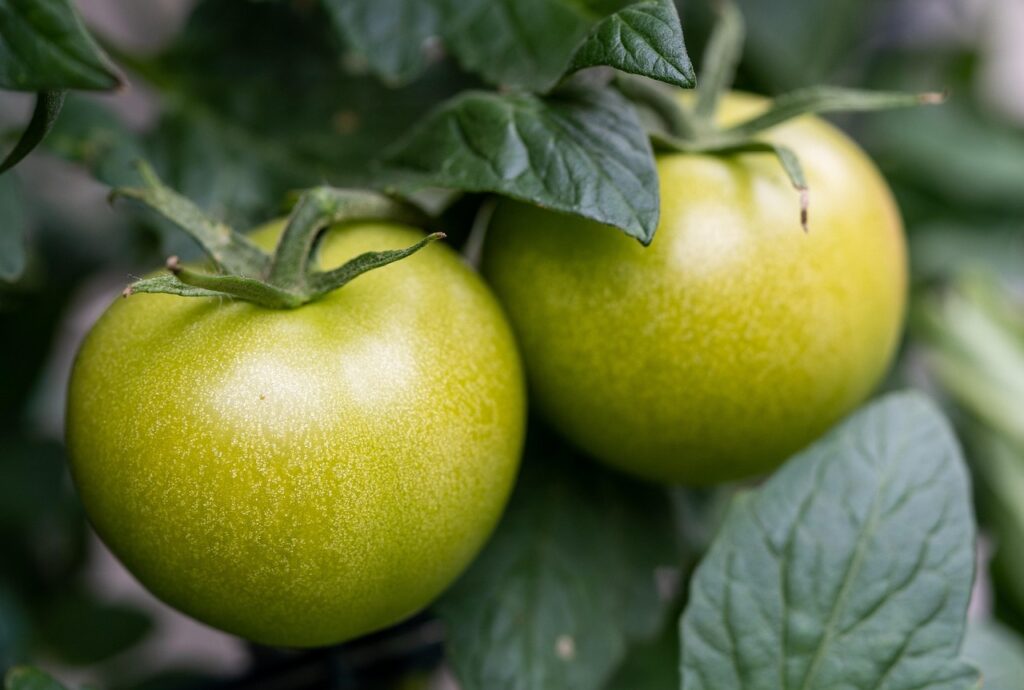Are you looking to streamline your meal planning and eat healthier throughout the week? In my experience, mastering the art of meal prepping is the key to achieving these goals effortlessly. By dedicating a bit of time upfront, I’ve found that I can enjoy nutritious, home-cooked meals without the stress of daily cooking.
In this article, I’ll share my top tips and strategies for successful meal prepping that will set you up for a week of healthy eating. From choosing the right recipes to smart storage solutions, I’ll guide you through the process so you can make the most of your time and ingredients. Let’s dive in and discover how easy and rewarding it can be to plan ahead for a week of delicious and nutritious meals.
Benefits of Meal Prepping
Ensuring Nutritious Meals: By meal prepping, I guarantee that my meals for the week are filled with nutritious ingredients. Planning in advance allows me to include a variety of fruits, vegetables, lean proteins, and whole grains in my dishes.
- Time Efficiency: Meal prepping saves me valuable time during the hectic weekdays. I find that dedicating a few hours on a weekend to prep meals streamlines my cooking process throughout the week. It’s like having my personal chef prepare meals in advance!
- Reduced Stress: With meal prepping, I eliminate the daily stress of figuring out what to eat and cooking every day. Having pre-prepared meals waiting in the fridge removes the last-minute rush to cook, especially after a long day at work.
- Financial Savings: Meal prepping helps me save money by reducing food waste. I buy ingredients in bulk, prepare multiple meals at once, and store them properly, ensuring that nothing goes to waste. It’s a cost-effective way to eat healthily.
- Portion Control: I ensure proper portion sizes by dividing my meals into individual containers during meal prepping. This practice helps me avoid overeating and encourages mindful eating throughout the week.
- Diverse Meal Choices: Meal prepping allows me to experiment with different recipes and cuisines. I enjoy trying new dishes and flavors, making my weekly meals exciting and varied. It’s a great way to break the monotony of eating the same foods every day.
Essential Tools for Meal Prepping
When meal prepping for a week of healthy eating, having the right tools can make the process more efficient and enjoyable. Here are some essential tools that I find incredibly helpful for successful meal prep:
1. Meal Prep Containers
Investing in a good set of meal prep containers is key to keeping your meals organized and fresh throughout the week. Look for containers that are BPA-free, microwave-safe, dishwasher-safe, and have compartments to separate different food items.
2. Sharp Knives
A sharp knife can make all the difference when prepping ingredients quickly and safely. Ensure you have a quality set of sharp knives for chopping, slicing, and dicing various fruits, vegetables, and proteins.
3. Cutting Boards
Having durable cutting boards in different sizes is essential for meal prepping. Use separate boards for vegetables, fruits, meats, and seafood to prevent cross-contamination and maintain food safety.
4. Kitchen Scale
A kitchen scale is handy for portioning out ingredients accurately, especially if you’re following specific recipes or trying to control your calorie intake. It helps maintain consistency in portion sizes for each meal.
5. Meal Planner or App
Using a meal planner or an app can help you stay organized and plan your meals efficiently. It allows you to list out your meals for the week, create shopping lists, and track your progress, ensuring you stick to your healthy eating goals.
6. Slow Cooker or Instant Pot
Having a slow cooker or an Instant Pot can save you time and effort in preparing meals, especially for busy days. These appliances are great for making batch meals like stews, soups, and chili.
7. Herbs and Spices
Stocking up on a variety of herbs and spices can elevate the flavor of your meals without adding extra calories. Experimenting with different seasonings can make your prepped meals more exciting and enjoyable.
8. Reusable Shopping Bags
Opt for reusable shopping bags when grocery shopping for your meal prep ingredients. Not only are they eco-friendly, but they also make it easier to carry and organize your groceries, especially when buying in bulk.
Having these essential tools for meal prepping can make the process more efficient, enjoyable, and successful. They help streamline your meal prep routine and set you up for a week of delicious, nutritious eating.
Planning Your Meals
When planning my meals for the week, I focus on selecting healthy recipes and creating a well-organized shopping list to streamline the meal prep process effectively.
Selecting Healthy Recipes
I start by choosing a variety of nutritious recipes that align with my dietary goals and preferences. By opting for balanced meals that include lean proteins, whole grains, plenty of vegetables, and healthy fats, I ensure that my meals are both satisfying and nourishing. Prioritizing recipes that are simple to prepare yet flavorful helps me save time without compromising on taste. Incorporating seasonal produce into my meal choices allows me to enjoy fresh ingredients while also diversifying my meals throughout the week.
Creating a Shopping List
To create an efficient shopping list, I review the ingredients required for each recipe and cross-reference them with items I already have in my pantry. By planning meals that share ingredients, I can minimize food waste and ensure that nothing goes unused.
Organizing my shopping list based on categories such as produce, protein, grains, and pantry staples helps me navigate the grocery store more efficiently. I also include extras like herbs, spices, and condiments to enhance the flavors of my dishes. By having a well-structured shopping list, I can shop quickly and confidently, knowing that I have everything I need for a week of healthy eating.
Preparing and Cooking Meals
When it comes to preparing and cooking meals for the week ahead, I like to start by setting aside a chunk of time on the weekend. By dedicating a few hours to meal prep, I ensure that I have healthy and delicious options ready to go during the busy week.
I begin by choosing recipes that align with my dietary goals and incorporate seasonal produce for freshness and flavor. Selecting a variety of recipes keeps meals exciting and helps me stay on track with my nutrition plan.
Creating a well-organized shopping list is key to streamlining the meal prep process. I carefully review each recipe’s ingredients to avoid overbuying and minimize food waste. Organizing my shopping list by categories, such as produce, proteins, and pantry staples, makes grocery shopping efficient and helps me navigate the store quickly.
When it comes to cooking, having essential tools at hand is crucial for a smooth meal prep session. I make sure to have my meal prep containers, sharp knives, cutting boards, and kitchen scale ready for use. Additionally, utilizing time-saving appliances like a slow cooker or Instant Pot can help simplify the cooking process.
Adding extras like herbs and spices to my shopping list enhances the flavor of my meals and allows for recipe experimentation. By incorporating these small yet impactful ingredients, I can elevate the taste of my dishes without adding excess calories or unhealthy choices.
Overall, by taking the time to plan my meals, organize my shopping list, and utilize the right tools, I can set myself up for a week of healthy eating success through efficient and effective meal prepping.
Storing and Reheating Meals
When it comes to storing and reheating meals for a week of healthy eating, I find it essential to follow proper guidelines to maintain food quality and safety. It’s crucial to store prepared meals correctly to ensure they stay fresh throughout the week. Here are some tips for storing and reheating meals:
Storing Meals:
- Refrigeration: After preparing your meals, let them cool completely before refrigerating them. Store meals in airtight containers to prevent moisture loss and maintain freshness.
- Labeling: To keep track of freshness and avoid confusion, label each container with the date it was prepared. This helps you prioritize meals based on their expiration date.
- Stacking: Organize your refrigerator by stacking meals according to their expiration dates. Place newer meals at the back and older ones in the front for easy access.
- Freezing: If you’re meal prepping for longer periods, consider freezing some portions. Use freezer-safe containers or bags and remember to label them with the date and meal name.
- Microwaving: When reheating meals in the microwave, cover them with a damp paper towel to retain moisture and prevent splattering. Heat meals evenly by stirring halfway through the microwaving process.
- Oven Reheating: For oven reheating, preheat your oven to the recommended temperature and place the meal in an oven-safe dish. Cover the dish with foil to prevent drying out, and heat until the meal reaches the desired internal temperature.
- Stovetop Reheating: Reheat meals on the stovetop by placing them in a pan over low to medium heat. Add a splash of water or broth to prevent sticking and help distribute heat evenly.
- Thawing Frozen Meals: If you’ve frozen meals, thaw them overnight in the refrigerator before reheating. This ensures thorough and even reheating without compromising taste or texture.
By following these storing and reheating tips, I can enjoy freshly prepared meals throughout the week, making healthy eating more convenient and sustainable.



 Nutrition Specialist
As a certified nutritionist, Victoria focuses on promoting healthy eating through balanced meal ideas. She is dedicated to empowering readers to make informed food choices and understand the benefits of nutrition. Victoria's articles feature practical tips and delicious recipes that cater to various dietary needs, making healthy eating accessible for everyone.
Nutrition Specialist
As a certified nutritionist, Victoria focuses on promoting healthy eating through balanced meal ideas. She is dedicated to empowering readers to make informed food choices and understand the benefits of nutrition. Victoria's articles feature practical tips and delicious recipes that cater to various dietary needs, making healthy eating accessible for everyone.
